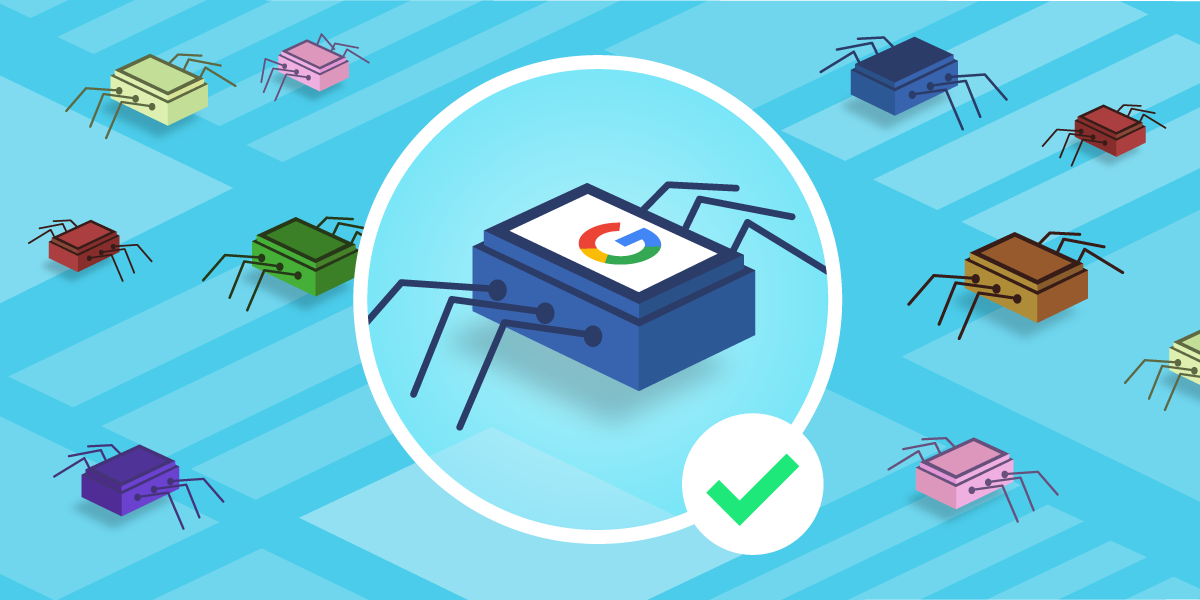Web Crawlers: The Invisible Architects of Search Engines
Web Crawler, You Have Searched Many Times On Google, But Have You Ever Wondered, “How Does Google Know Where To Look?” The Answer To This Question Is “Web Crawlers.”
They can search the web and index it, making it easy to find different items. We will thoroughly explain this issue in the following.
Search engines and crawlers
When you search using a keyword in a search engine like Google or Bing, this website scans the trillions of pages to create a list of results related to that phrase.
Here, questions arise in the minds of curious users: How exactly do these search engines access all these pages? How do they search for them, produce these results in seconds, and show them to the user?
The answer to this question is web crawlers, also known as spiders. They are automated programs called robots or bots that crawl across the web to be added to search engines. These bots find various websites to generate a list of pages that will eventually appear in your search results.

Crawlers also create and store copies of these pages in the engine database, allowing you to search for different items quickly. For this reason, search engines often place cached versions of sites in their databases.
Website maps and selection
How do crawlers choose to crawl websites? The most common scenario is that website owners want search engines to crawl their sites. They can achieve this by asking Google, Bing, Yahoo, or another search engine to index their pages. This process varies from engine to engine.
Also, search engines often select popular and convenient crawling websites by tracking the number of times a URL is linked to other public websites.
Website owners can use unique processes to help search engines index their websites, like uploading a sitemap. This file contains all the links and pages on your website and is usually used to indicate which pages are to be indexed.
When search engines have already crawled a website, they will automatically select it again. The number of times will vary depending on the website’s popularity and other criteria. Therefore, website owners often update their sitemaps.
Hide pages from Web crawlers.
What if a website does not want some or all of its pages to appear in a search engine? For example, you may not want people to be able to search for a page that is only for members or to see a 404 error page for your site.
It is where the robots.txt crawler ban list comes into play. This option is a simple text file that tells crawlers which web pages to remove from the index.

Another reason robots.txt is essential is that web crawlers can significantly impact website performance. Because crawlers download virtually all of your web pages, they can slow you down.
Also, their work does not have a predictable time, and they enter without approval. Fortunately, according to the site owner’s rules, most crawlers stop crawling on some pages. If you do not need to crawl your pages frequently, blocking crawlers may help reduce some of your website’s load.
Metadata Magic
Belois, please provide the URL and title of each Google search result. You will find a brief page description. These explanations are called “snippets.”
You may have noticed that the snippets of pages on Google do not always match the actual content of the websites. It is because many websites have something called a “meta tag.” A meta tag is a custom description that website owners add to their pages.
Website owners often provide deceptive metadata descriptions that make you click on the website. Google also lists other metadata, such as prices and stock. It is beneficial for people who have e-commerce websites.
Your search
Web search is an essential part of using the Internet. It is a great way to discover new websites, stores, communities, and interests. Web crawlers visit millions of pages every day and add them to search engines.
Finally, we must say that reptiles also have disadvantages, but they are also precious to website owners and visitors.
FAQ
What is a web crawler?
A web crawler, also known as a spider or bot, is a program that automatically browses the internet to index web pages for search engines.
How does a web crawler work?
It starts from a list of URLs, visits each page, extracts links, and follows them to discover and index new content, helping search engines keep their databases updated.
Why are web crawlers important?
Web crawlers enable search engines to organize and rank web content, ensuring users can quickly find relevant information online.
